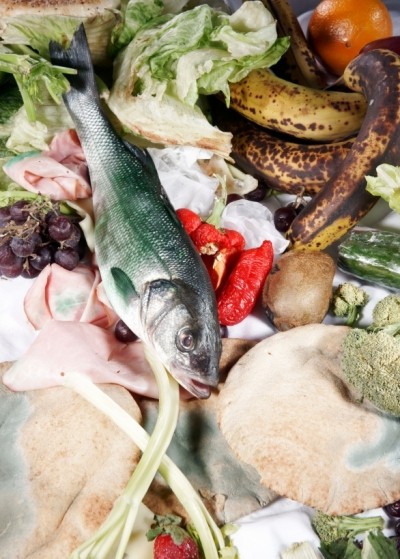UK’s largest food waste processing plant given green light
The £20m facility, to be sited in Selby, North Yorkshire, will have the capacity to treat 165,000 tonnes of food waste a year through anaerobic digestion – a natural process where bacteria s used to break down organic matter.
Low cost energy
The plant, approved by local planning authorities last week, will generate enough electricity to power 10,800 homes, said its developers. The scheme will create 120 jobs. Construction of the food waste factory will begin in September and is due to become operational in 2010.
The facility, which will occupy eight acres of the former Tate & Lyle citric acid plant in the south of the town, will provide a potential low cost heat source for use by local businesses. An anaerobic digester already exists on the site which is currently being updated and the proposal is to build two new anaerobic digesters. All the clean renewable electricity generated would be sent via the site’s existing power connection to the National Grid.
Food waste as feedstock
Food waste from supermarkets, food processing firms, caterers and local authorities will be used as feedstock for the plant for the production of biogas. Selby Renewable Energy Park's business development manager Shaun Flynn told FoodProductionDaily.com: "A clean, renewable fuel is produced which can be used to create electricity and heat and we are returning a green, sustainable fertiliser to the land which will in turn grow our crops for food. Everyone wins as the waste is treated in a sealed process reducing the generation of greenhouse gases and carbon emissions.”
He added the plant already had a 40,000 tonne per annum food waste contract in place and he was “very confident” feedstock contracts to meet full capacity would be in place by the time the plant opens next year.
“People are looking for an alternative to landfill and we are, of course, looking to speak to food manufacturers to ensure a regular supply of feedstock,” he said.
He added that the company was very aware of its own carbon footprint and would be making every effort to use lorries on backloads – where vehicles return empty after dropping their original cargo – to collect the food waste.
“Initially, we expect to collect from within a 50-mile radius of the plant but I think that will change as more competition comes on stream,” Flynn said.
Anaerobic potential
Earlier this month, the Department for Environment, Food and Rural Affairs (Defra) highlighted the growing potential of anaerobic digestion to produce energy after it published a major report on the issue. Total food waste in the UK is believed to be between 18-20 million tonnes per annum, and is regarded as a major contributor to UK greenhouse gas emissions. Figures released by Defra last year said energy created through anaerobic digestion had the potential could meet the needs of up to two million homes.
However, both the Government and the Waste and Resource Action Programme (WRAP) have acknowledged that relatively few collection schemes currently exist, which posed a challenge to fulfilling this potential.




